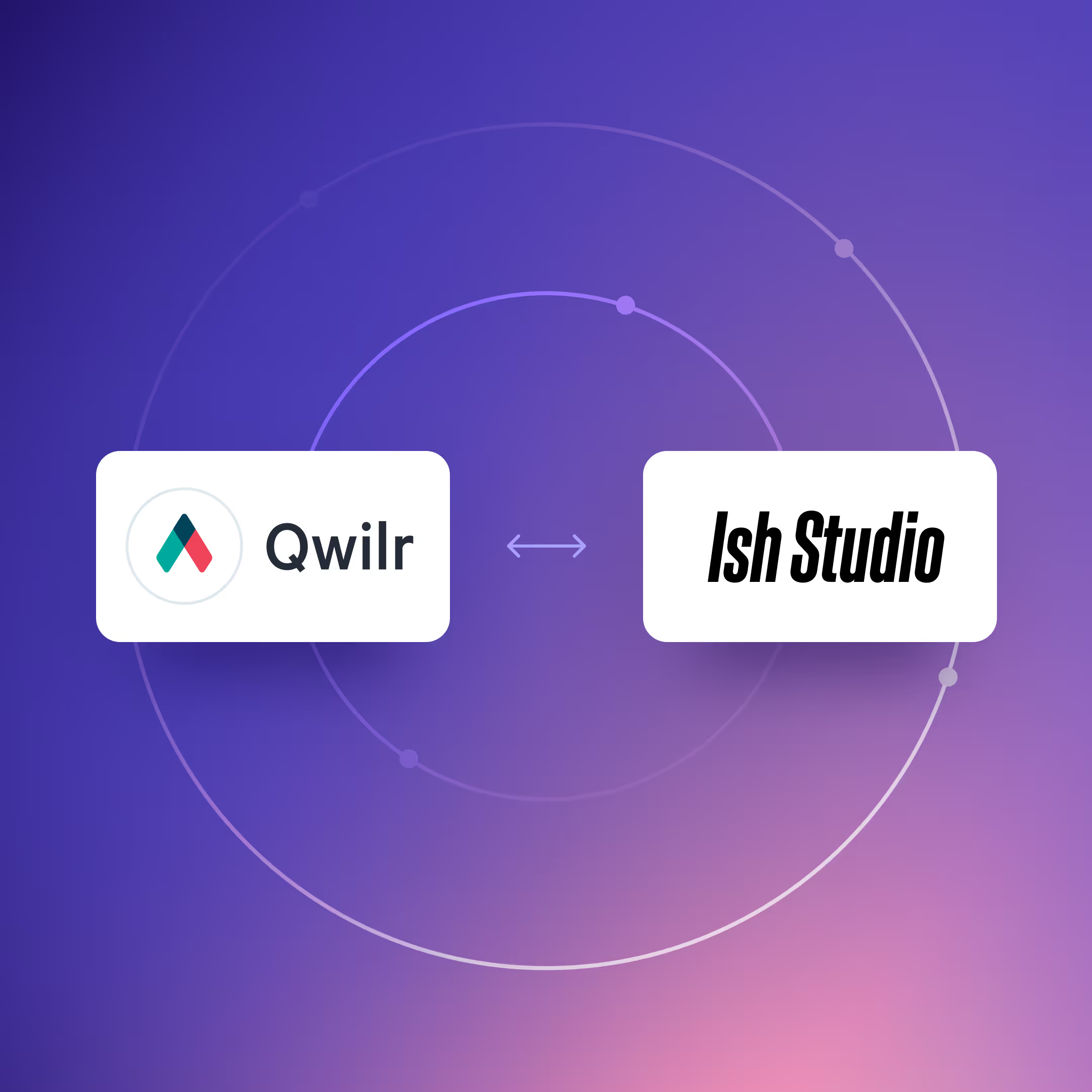Many B2B companies operate with websites that slow down business growth. Old platforms often make it hard to update content, handle traffic spikes, or add new features quickly. This leads to lost leads, frustrated teams, and missed opportunities.
A scalable Webflow website is a site built on the Webflow platform that can easily handle more visitors, more content, and more functionality without slowing down or breaking. Scalability in this context means the website can keep up with business changes and growth, especially as companies add products or run larger campaigns. In 2025, as more B2B businesses digitize sales and marketing, scalable infrastructure is a key requirement, not just a technical detail.
Why Webflow iIs built for B2B growth
Traditional website platforms create gaps when supporting modern B2B growth. Most require coding for basic changes, depend on third party plugins, and struggle with high traffic or complex integrations.
Webflow is a visual web design platform that combines flexible design tools with enterprise grade hosting in one package. Unlike WordPress setups that require multiple plugins and hosting providers, Webflow streamlines the entire process.
Three core advantages set Webflow apart for B2B companies:
- Enterprise architecture: AWS infrastructure with 99.99% uptime guarantee handles traffic spikes during product launches
- Visual development: Non technical teams make edits and launch pages without coding knowledge
- All in one platform: Design, CMS, and hosting work together instead of requiring separate tools
How scalable infrastructure drives B2B success
Website downtime costs B2B companies leads and damages credibility. A reliable website infrastructure maintains business continuity and trust with prospects.
Webflow uses three key technical components to ensure reliability. A Content Delivery Network (CDN) stores website files on servers around the world, so pages load quickly for visitors everywhere. Automatic scaling increases server resources when traffic spikes occur, without manual setup. Enterprise security includes SSL certificates for data encryption, DDoS protection against attacks, and SOC 2 compliance for handling customer data safely.
The difference becomes clear when comparing hosting features. Webflow provides 99.99% uptime guarantees while traditional hosting typically offers 99.9% or lower. Page load speeds average 1.3 seconds globally with Webflow compared to 2.8 seconds for WordPress sites with multiple plugins.
Empowering non technical teams for faster launches
Marketing teams often wait weeks for developers to update websites. This delay slows campaign launches and content publishing. Visual editing solves this problem by letting users update content through a drag and drop interface.
Webflow's Editor mode allows content changes without affecting design or site structure. Marketing teams can modify product descriptions, update pricing, or add landing pages directly. The CMS functionality enables publishing blog posts and case studies in minutes rather than days.
Collaborative workflows prevent conflicts when multiple team members work simultaneously. Team permissions control who can edit specific content areas. Staging environments let teams preview changes before publishing. These features eliminate bottlenecks that slow content updates.
Optimizing SEO, AEO and performance
Poor website performance hurts search rankings and reduces lead generation. Google uses Core Web Vitals to measure user experience, and these scores directly impact search visibility.
Webflow generates clean code that improves three critical metrics. Largest Contentful Paint (LCP) measures how quickly the main content loads. Interaction to Next Paint (INP) tracks response time when users click buttons. Cumulative Layout Shift (CLS) monitors whether page elements move during loading.
Built in SEO features streamline optimization for non technical users:
- Meta descriptions and title tags: Edit directly in the visual interface
- Alt text for images: Add during upload or edit later
- XML sitemaps: Generate automatically for search engines
- Schema markup: Built into CMS templates for rich search results
These tools help B2B websites rank higher without requiring developer support for each change.
Seamless integrations with marketing tools
Disconnected marketing tools create data silos that hurt lead nurturing. API integrations connect different software systems so data flows automatically between platforms.
Webflow forms connect directly to CRM systems like Salesforce, HubSpot, and Pipedrive. When visitors submit forms, their information transfers instantly to the CRM. Lead scoring uses website behavior data to prioritize follow up efforts.
Marketing automation platforms like Mailchimp and Klaviyo trigger email sequences based on website actions. Newsletter signups automatically start welcome campaigns. Demo requests send follow up reminders without manual work.
Analytics integrations with Google Analytics 4 track conversion events like form submissions and demo bookings. Custom event tracking monitors specific actions that indicate purchase intent. This data helps teams optimize pages and campaigns for better results.
Security and compliance for enterprise clients
Enterprise B2B companies require strict security standards before making purchasing decisions. These requirements often appear in contracts and procurement processes.
SSL encryption protects data transmission between browsers and websites. DDoS protection prevents attacks that try to overwhelm servers with fake traffic. Automatic security updates keep systems protected without manual intervention.
SOC 2 compliance demonstrates that Webflow meets audited standards for handling customer data. This certification reduces legal paperwork during B2B sales processes. GDPR readiness helps companies comply with European privacy regulations.
Reducing costs and proving ROI
Traditional website management involves hidden costs that add up over time. Developer retainers often cost $1,000 to $2,000 monthly for updates and maintenance. Security plugins, backup services, and premium features create additional monthly expenses.
Webflow's all in one approach eliminates many separate costs. Hosting plans range from $23 to $49 monthly and include security, backups, and core features. This pricing model makes budgeting more predictable compared to WordPress sites with multiple plugin subscriptions.
Launch cycles become faster when non technical teams can create pages independently. Traditional platforms often require one to two weeks for new landing pages due to developer backlogs. Webflow teams typically complete the same work in one to two days.
Migration planning and team adoption
Website migration moves content and functionality from one platform to another. The process includes transferring text, images, and interactive features while maintaining search rankings.
Migration planning starts with a content audit to identify what to keep, update, or remove. 301 redirects send visitors and search engines to correct new page locations. This preserves existing search rankings during the transition.
Webflow University provides training resources for different team roles. Content editors learn publishing workflows while designers master the visual builder. Team permissions ensure users only access features relevant to their responsibilities.
Training typically takes one to two weeks depending on team size and technical background. Success metrics include the number of team members publishing content independently and reduced support requests to IT departments.
Partner with Webflow Experts for strategic growth
Webflow Premium Partners understand both the technical platform and B2B growth challenges. These specialists help companies set up systems that work for technical and non technical users while supporting business goals like lead generation and sales enablement.
Strategic website partners focus on long term collaboration beyond initial launch. They provide ongoing optimization, system integrations, and performance analysis as business requirements evolve. This differs from typical web design agencies that focus mainly on visual delivery.
At Ish Studio, we help B2B companies implement scalable Webflow solutions that grow with their business. Our systematic approach ensures teams can operate websites efficiently while achieving measurable results. Get started with systematic growth and agile website operations. Our experienced onboarding team ensures we find a solution tailored to your business goals.
Contact us today to begin your transformation.










